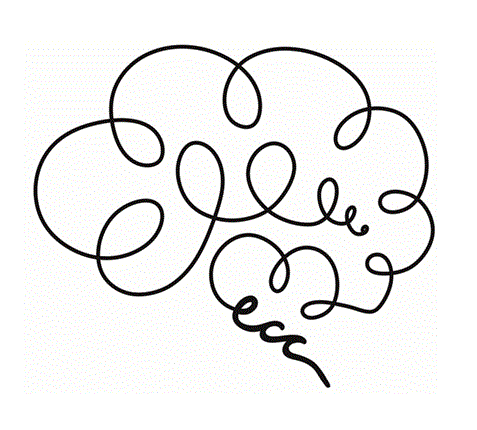What Does an EMDR Session Look Like?
Notice that..
Again…What is EMDR
EMDR, or Eye Movement Desensitization and Reprocessing, is a powerful, trauma-informed therapy approach that helps individuals process emotionally charged memories that continue to affect their present-day experiences. These unresolved experiences often show up in the form of anxiety, negative self-beliefs, intense emotions, or even physical symptoms.As a therapist, I’ve seen how meditation can gently support healing from anxiety, trauma, chronic stress, and even chronic pain. And the good news? You don’t need any special equipment or experience to begin. Just a few quiet minutes, an open heart, and a little patience.
EMDR focuses on the idea that the present is often linked to the past. By working through these connections, EMDR can help you move toward healing, self-understanding, and emotional freedom.
But what should I expect during my session?
Once you’ve completed the first three phases, the reprocessing work begins. Here's what you can expect:
You’ll be asked to bring up a specific memory, along with the negative belief you associate with it and the positive belief you would prefer to hold.
Your therapist will use bilateral stimulation (BLS)—eye movements, tapping, or sounds—to guide your processing of the memory.
During Phase 4 (Desensitization), you may notice new emotions, body sensations, or even memories emerging. Your therapist will check in as you move through the process and help you scale the intensity of your experience.
As the emotional intensity of the memory decreases, you’ll begin to notice more adaptive thoughts, insights, or relief.
You might feel emotionally or physically exhausted after a session. That’s okay. It’s your brain doing deep work—like it just ran a marathon. Trust your body. Go with that.
Post-Session Care
After reprocessing, your therapist will guide you in grounding and self-care practices. You may be encouraged to:
Drink water
Take a nap
Use your internal resources (like calming visuals or breathwork)
Avoid overloading your schedule for the rest of the day
This support is essential, especially when processing complex or layered trauma.
How Many Sessions Will I Need?
It’s a common question: “How long will this take?”
The length of treatment depends on the nature, severity, and complexity of the issues you're addressing. Some individuals experience significant relief after just a few sessions, while others benefit from longer-term support. Often, EMDR is combined with other approaches like mindfulness, polyvagal theory, or Cognitive Behavioral Therapy (CBT) to support your healing journey.
The more you integrate the tools learned in the early phases into your daily life, the more empowered and prepared you’ll be to do the deeper work.
My Final Thoughts..
EMDR therapy is not easy—it asks you to show up fully and engage with your story in a new way. But it can be transformative. With the right support, courage, and tools, you can heal.
“I will run the marathon with you, as long as you’re willing to run it with me.”
(Hernandez, 2022)
If you’re curious about EMDR or ready to take the next step, know that you don’t have to do this alone. I am here to support you every step of the way.
If you’re curious about EMDR or ready to take the next step, know that you don’t have to do this alone. We’re here to support you every step of the way.
Vanessa Hernandez, LSW, CADC
EMDR-Trained Clinician | Embrace Counseling Center
